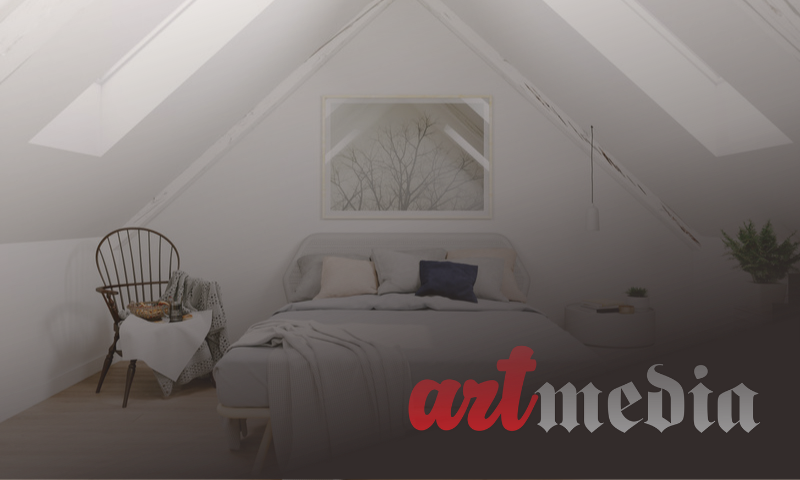
The Scandinavian design style originated from design exhibitions in America and Canada in the 1950s. It introduced the Scandinavian way of life through design, which is still recognized today as beautiful, simple, clean and inspired by nature and the northern climate. It was accessible and affordable for everyone. Lighting is also an important aspect, giving the room a warm and cozy feel. Scandinavian designers focus more on producing functional, durable and price-efficient products rather than creating revolutionary design concepts.
Essentially, Scandinavian style design places functionality as the top priority, without sacrificing beauty and elegance. The hallmarks of this style include simple lines and a clean look, inspired by white and wood elements. This style creates an outdoor-like atmosphere, by preferring to use natural wood and neutral colors rather than striking colors. It is also strongly associated with climate and landscape (such as lakes, forests and mountains). The creation of a cool, cozy and bright atmosphere is the main goal. In addition, Scandinavian design also creates an elegant and functional atmosphere that can be reached by everyone because the products are easy and affordable.
The dominant material in this design is wood, wood, and more wood. Wood is used on walls, floors, or even ceilings, and the natural color of the wood is left unpainted. The principle is to choose one dominant material and combine it with white.
Wooden floors are one of the main characteristics of Scandinavian design, with the selection of wood usually having a pale or dark color. Wooden floors are used throughout the house, except in bathrooms or other wet areas.
The colors often used in Scandinavian style design are white, grey, blue and beige. Nowadays, there has also been the use of brighter neutrals to create rooms that feel more spacious, bright and lively.
The main focus in this design is on function. A cozy home is one that allows its inhabitants to live comfortably and freely. Scandinavian style interiors are designed with an emphasis on function in order to provide comfort for the occupants. The furniture used is simple, but the details are carefully considered and use high-quality materials.
Large windows are one of the important features in Scandinavian design, as this allows natural light to enter well, especially in the winter when there is little sunlight. Large windows often stretch from the floor to the roof of the house and usually do not have overly decorative curtains, using only clean and neat white curtains.
In addition, Scandinavian design tries to integrate natural elements into the house by adding plants and furniture that mimics nature, such as wood fibers.
All these design principles also reflect a commitment to environmental sustainability. Scandinavians are very concerned about climate change, and their modern homes are often equipped with eco-friendly technologies that have been exported around the world. This makes Scandinavian design one of the most eco-friendly architectural styles.
 Apptech Channel trading 'll be easier
Apptech Channel trading 'll be easier
